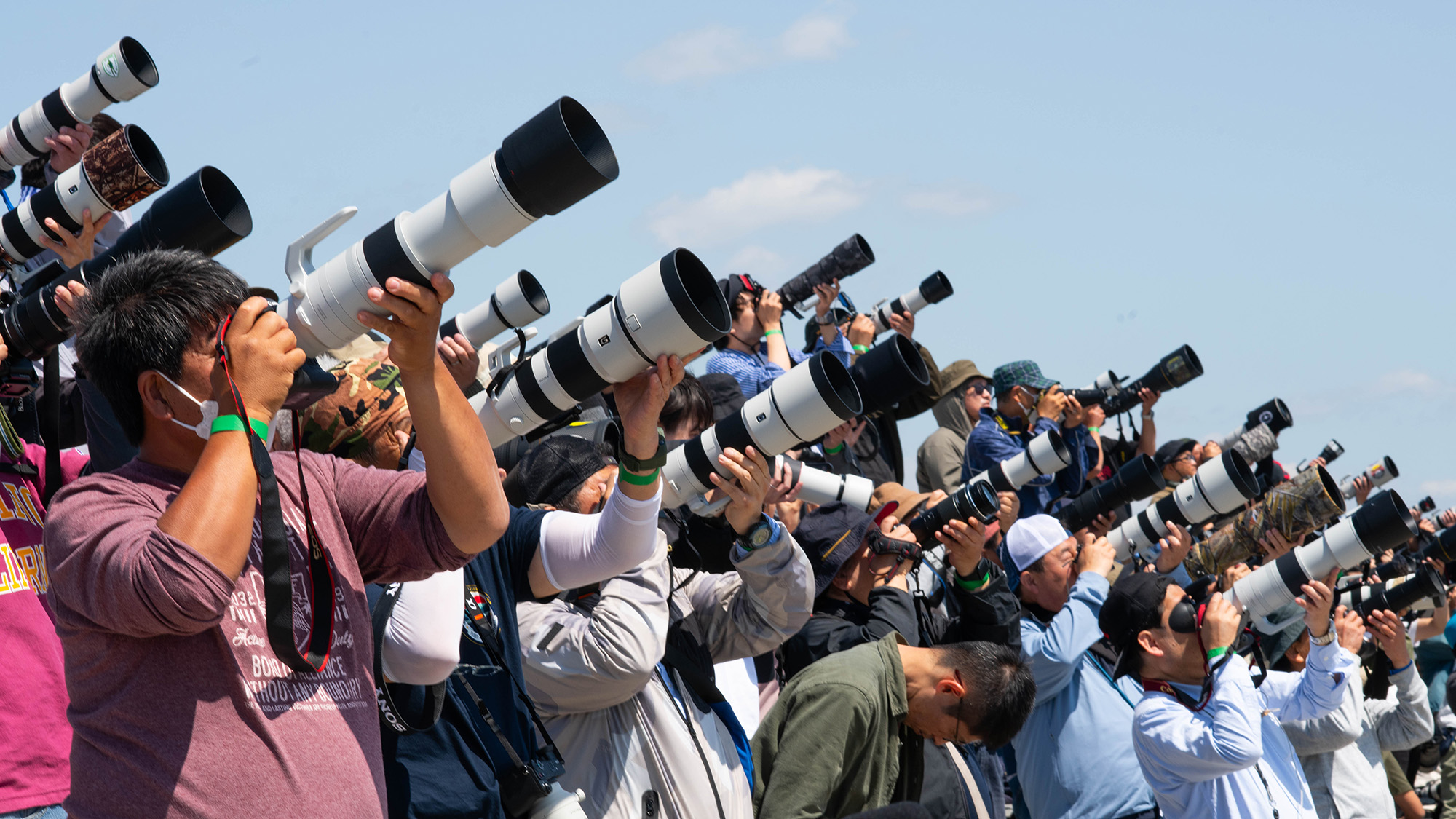Legal Pluralism in “Before the Movement”
For the Balkinization symposium on Dylan C. Penningroth, Before the Movement: The Hidden History of Black Civil Rights (Liveright, 2023).Mark Tushnet It’s commonplace to observe that major civil rights organizations from the 1910s to the 1960s received significant financial support from Black professionals and businesspeople who provided services to the Black community. Often that observation is coupled with comments about the ways in which that source of funding gave the organizations’ programs a middle-class tilt. And it is also sometimes coupled with the explanation: These contributors were insulated from retaliation by the white community in ways that, for example, schoolteachers, sharecroppers, and tenant farmers were not. Though he doesn’t focus much on the phenomenon just described, Dylan Penningroth foregrounds a deep explanation for it. Black professionals and businesspeople had the resources they did because they had ordinary contract and property rights, the same rights that whites had. And, indeed, a perhaps stronger point: The professionals among them—the barbers, dentists, and insurance agents—were often able to build their businesses because they had licenses from the white-dominated state. And things could have been different. Penningroth mentions an abortive effort to impose licensing requirements for washer-women in Atlanta. Professional licensing could have been administered as literacy requirements for voting were: nominally neutral as to race but in practice racially discriminatory. As I’ll argue, we can see hints of this sort of difference at several points in Penningroth’s narrative.I think that those hints can usefully be interrogated with the concept of legal pluralism and—what might be a subcategory of legal pluralism—Ernst Fraenkel’s account of the dual state. (Michael McCann and Feliz Kahraman offer a view similar to mine.) Penningroth powerfully contends that the common-law rights available to Blacks were pretty much the same—both formally and mostly in practice—as those available to white. I suggest a tweak to his account in which we can see those rights on a continuum from true legal pluralism through what Penningroth, quoting W.E.B. Du Bois, calls “Negro law,” to the unitary law Penningroth portrays. For present purposes, true legal pluralism occurs where we can see both state law and non-state law, each with a full panoply of norms and institutions. The possibility of legal pluralism arises early in the book and crops up recurrently. It is also available for the analysis of a group of cases that Penningroth discusses in some detail, dealing with the internal law of religious associations, protected to some degree against displacement by state law by the Constitution’s religion clauses. “Church law” is often cited as an example of legal pluralism. Early in the book Penningroth notes that Blacks developed ideas about their property rights as slaves with reference to community practice and custom, and that they effectively enforced those ideas through their community institutions. He sees something similar in state law, which, for example, interpreted contracts with reference to trade practice and had rules about prescriptive property rights. Similar, yes, but not the same: State institutions enforced trade practice and the like but didn’t enforce community practice and customs of the Black community. These components of Penningroth’s narrative seem to me to describe a domain of legal pluralism. But, to revert to the metaphor of a continuum, the Black community’s ideas about custom and like provided the foundation for their conceptualization of property and contract rights once Blacks won their campaign to gain access to state law—that is, once they became free and full citizens. Further along the continuum are Black-specific legal concepts—Du Bois’s Negro law. Here too, I suggest, we see hints but not fully congealed doctrine. Penningroth suggests that state law sometimes applied traditional ideas about coercion and capacity to contract with an eye to the special circumstances of Blacks in a racist society. He discusses what appears to be something approaching a doctrine about fraud with respect to what his sources call the “ignorant negro.” Had these hints become formal doctrine within state law we might see a version of Fraenkel’s dual state in which there is one normative state, as Fraenkel calls it, for whites and another normative state for Blacks. (This differs from Fraenkel’s theory, in which there is a single normative state and a domain of completely arbitrary rule.) Some aspects of “lynch law” might fit into this category as well. Lynchings sometimes occurred when Blacks violated ill-defined “rules” about the ways in which Blacks were required to manifest respect for whites. And “legal lynchings” occurred when the state’s criminal processes administered procedural rules that were nominally race-neutral in race-conscious ways. (See this for my first ten
For the Balkinization symposium on Dylan C. Penningroth, Before the Movement: The Hidden History of Black Civil Rights (Liveright, 2023).
Mark Tushnet
It’s commonplace to observe that major civil rights organizations from the 1910s to the 1960s received significant financial support from Black professionals and businesspeople who provided services to the Black community. Often that observation is coupled with comments about the ways in which that source of funding gave the organizations’ programs a middle-class tilt. And it is also sometimes coupled with the explanation: These contributors were insulated from retaliation by the white community in ways that, for example, schoolteachers, sharecroppers, and tenant farmers were not.
Though he doesn’t focus much on the phenomenon just described, Dylan Penningroth foregrounds a deep explanation for it. Black professionals and businesspeople had the resources they did because they had ordinary contract and property rights, the same rights that whites had. And, indeed, a perhaps stronger point: The professionals among them—the barbers, dentists, and insurance agents—were often able to build their businesses because they had licenses from the white-dominated state.
And things could have been different. Penningroth mentions an abortive effort to impose licensing requirements for washer-women in Atlanta. Professional licensing could have been administered as literacy requirements for voting were: nominally neutral as to race but in practice racially discriminatory. As I’ll argue, we can see hints of this sort of difference at several points in Penningroth’s narrative.I think that those hints can usefully be interrogated with the concept of legal pluralism and—what might be a subcategory of legal pluralism—Ernst Fraenkel’s account of the dual state. (Michael McCann and Feliz Kahraman offer a view similar to mine.) Penningroth powerfully contends that the common-law rights available to Blacks were pretty much the same—both formally and mostly in practice—as those available to white. I suggest a tweak to his account in which we can see those rights on a continuum from true legal pluralism through what Penningroth, quoting W.E.B. Du Bois, calls “Negro law,” to the unitary law Penningroth portrays.
For present purposes, true legal pluralism occurs where we can see both state law and non-state law, each with a full panoply of norms and institutions. The possibility of legal pluralism arises early in the book and crops up recurrently. It is also available for the analysis of a group of cases that Penningroth discusses in some detail, dealing with the internal law of religious associations, protected to some degree against displacement by state law by the Constitution’s religion clauses. “Church law” is often cited as an example of legal pluralism.
Early in the book Penningroth notes that Blacks developed ideas about their property rights as slaves with reference to community practice and custom, and that they effectively enforced those ideas through their community institutions. He sees something similar in state law, which, for example, interpreted contracts with reference to trade practice and had rules about prescriptive property rights. Similar, yes, but not the same: State institutions enforced trade practice and the like but didn’t enforce community practice and customs of the Black community.
These components of Penningroth’s narrative seem to me to describe a domain of legal pluralism. But, to revert to the metaphor of a continuum, the Black community’s ideas about custom and like provided the foundation for their conceptualization of property and contract rights once Blacks won their campaign to gain access to state law—that is, once they became free and full citizens.
Further along the continuum are Black-specific legal concepts—Du Bois’s Negro law. Here too, I suggest, we see hints but not fully congealed doctrine. Penningroth suggests that state law sometimes applied traditional ideas about coercion and capacity to contract with an eye to the special circumstances of Blacks in a racist society. He discusses what appears to be something approaching a doctrine about fraud with respect to what his sources call the “ignorant negro.”
Had these hints become formal doctrine within state law we might see a version of Fraenkel’s dual state in which there is one normative state, as Fraenkel calls it, for whites and another normative state for Blacks. (This differs from Fraenkel’s theory, in which there is a single normative state and a domain of completely arbitrary rule.) Some aspects of “lynch law” might fit into this category as well. Lynchings sometimes occurred when Blacks violated ill-defined “rules” about the ways in which Blacks were required to manifest respect for whites. And “legal lynchings” occurred when the state’s criminal processes administered procedural rules that were nominally race-neutral in race-conscious ways. (See this for my first tentative thoughts along these lines.)
Why didn’t a Fraenkel-like dual normative state develop in the United States? Perhaps because of a combination of a conceptual point that Penningroth emphasizes and an institutional one that he regularly adverts to without bringing it directly into his analysis. The conceptual point is that for centuries (until some point in the early twentieth century) the common law of contracts, torts, and property was understood to be what Holmes called a brooding omnipresence in the sky—a set of principles valid and binding everywhere.
In itself that might not have prevented the emergence of the kind of dual normative state I’ve sketched: The two normativities could (conceptually) exist everywhere and their “union” (to use a term from set theory) would be the law everywhere. The institutional point is that the United States is a federal system in which state courts articulated their own versions of the universal common law. And, importantly, racism was unevenly distributed among the states—some highly racist, others less so, and others even less so. Mississippi might have developed a separate body of “Negro law” with contract rules predicated on the “ignorant negro” assumption, but Michigan might not. The geographically differentiated distribution of racism was, as Penningroth notes, was one common reason for the great Black migrations. Without dual normativities everywhere it would have been extremely difficult to create a universally applicable dual-like state.
Bringing legal pluralism into Penningroth’s narrative would do little more than tinker with it around its edges. His central point is that that our starting place should be with the proposition that Blacks had the same common-law rights that whites did. And that seems to me entirely correct.











































































































































